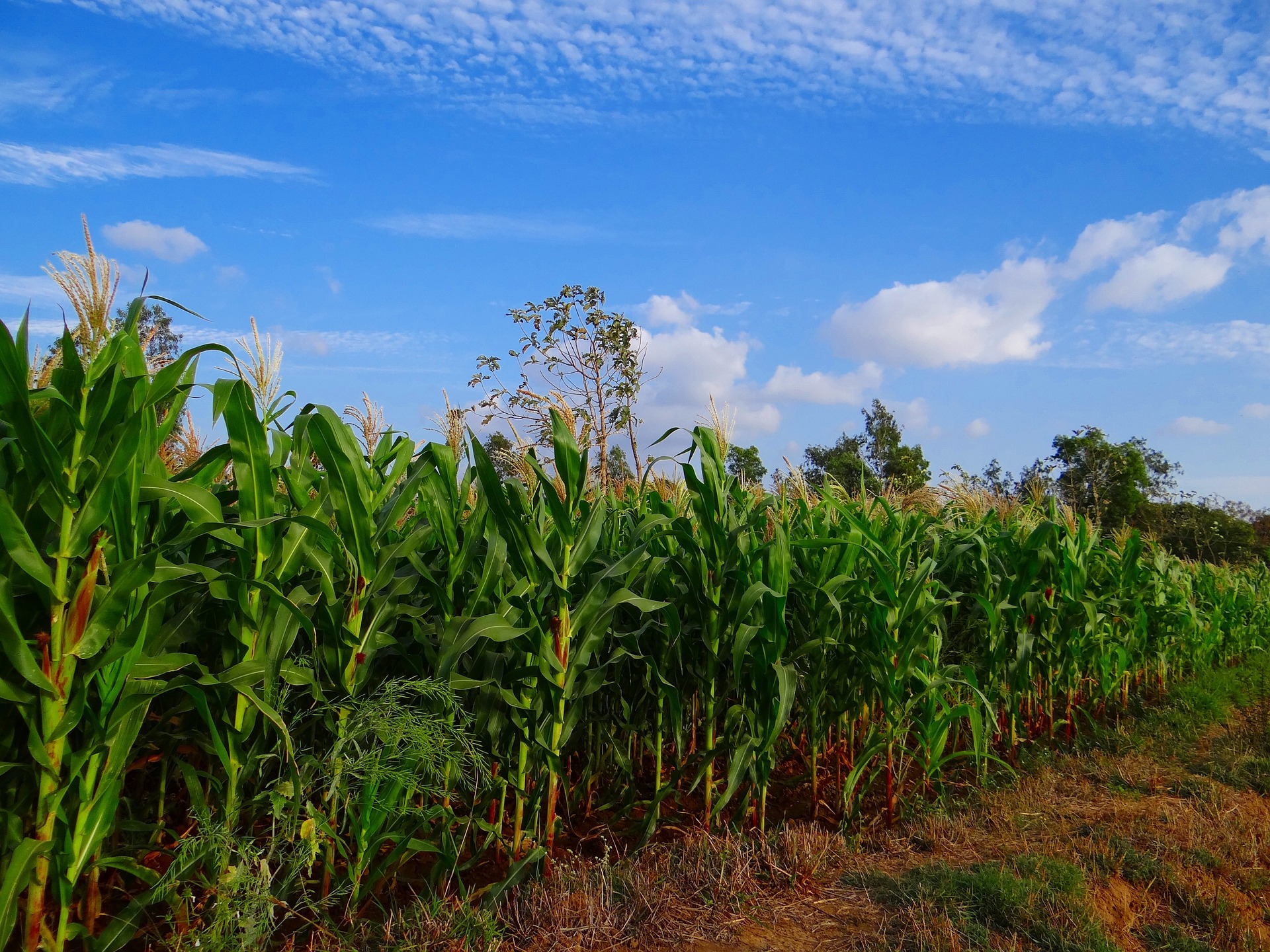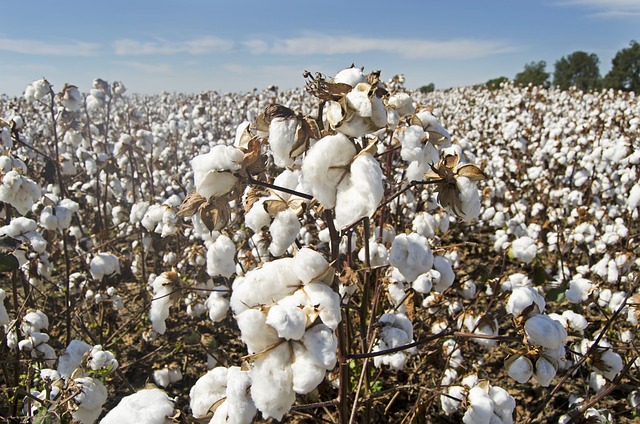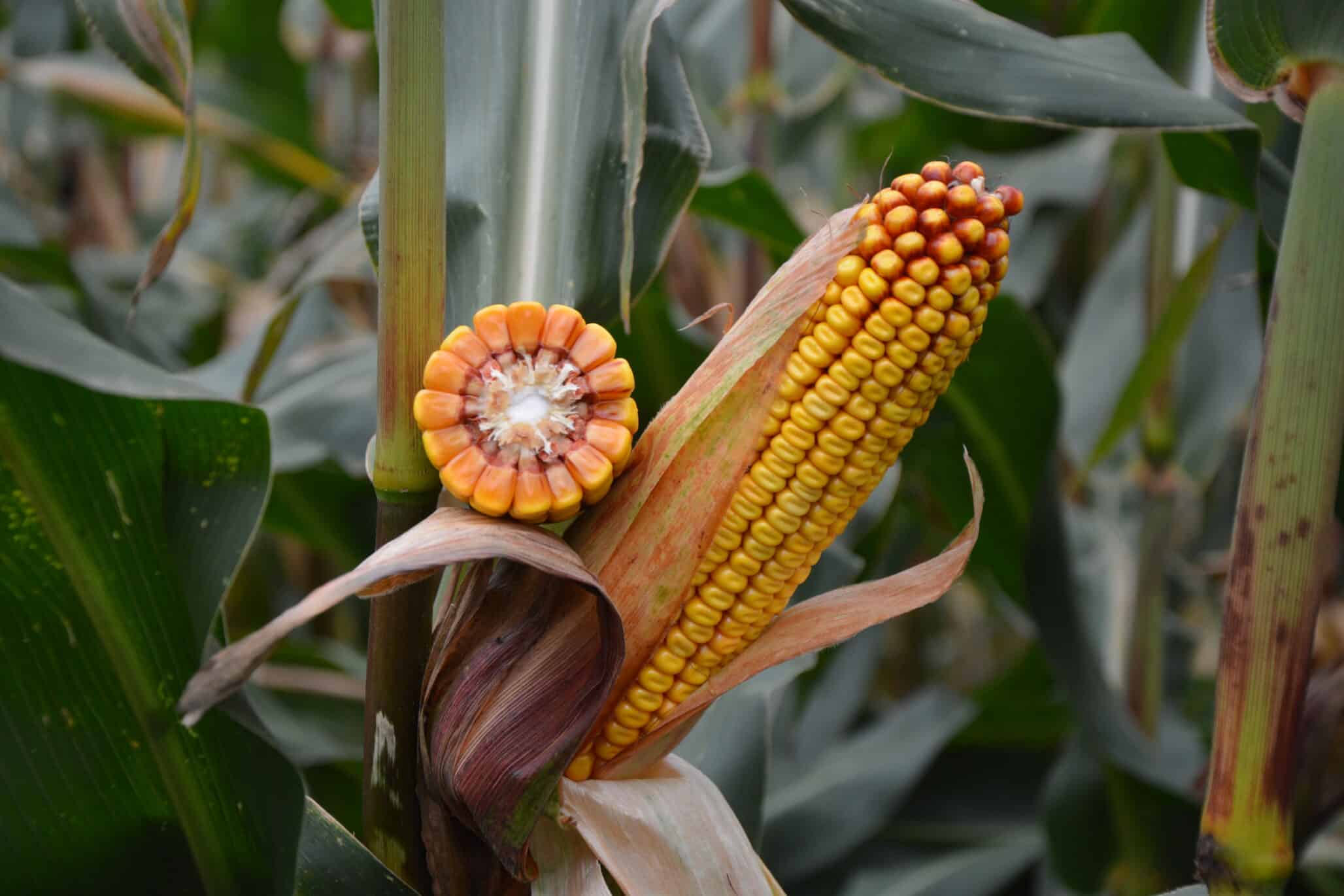The Ministry of Health, Labour, and Welfare and the Ministry of Agriculture, Forestry, and Fisheries in Japan approved a high-starch maize variety according to a release. Japan did not ask this genome-edited food product to comply with additional genetically engineered (GE) food, feed and biodiversity regulations.
This variety of maize was edited using CRISPR-Cas9 technology to delete the waxy gene which increased “its starch amylopectin proportion to almost 100%, compared to the 75% amylopectin and 25% pectin proportion of conventional maize” according to the release. This change makes it more appealing to consumers due to the improvement in smoothness and creaminess of food. Textile and paper industries also use amylopectin.
The Japanese government did have genetically engineered regulations for high-GABA tomato, high-yield seabream and fast-growing tiger pufferfish.
More information: USDA FAS GAIN













